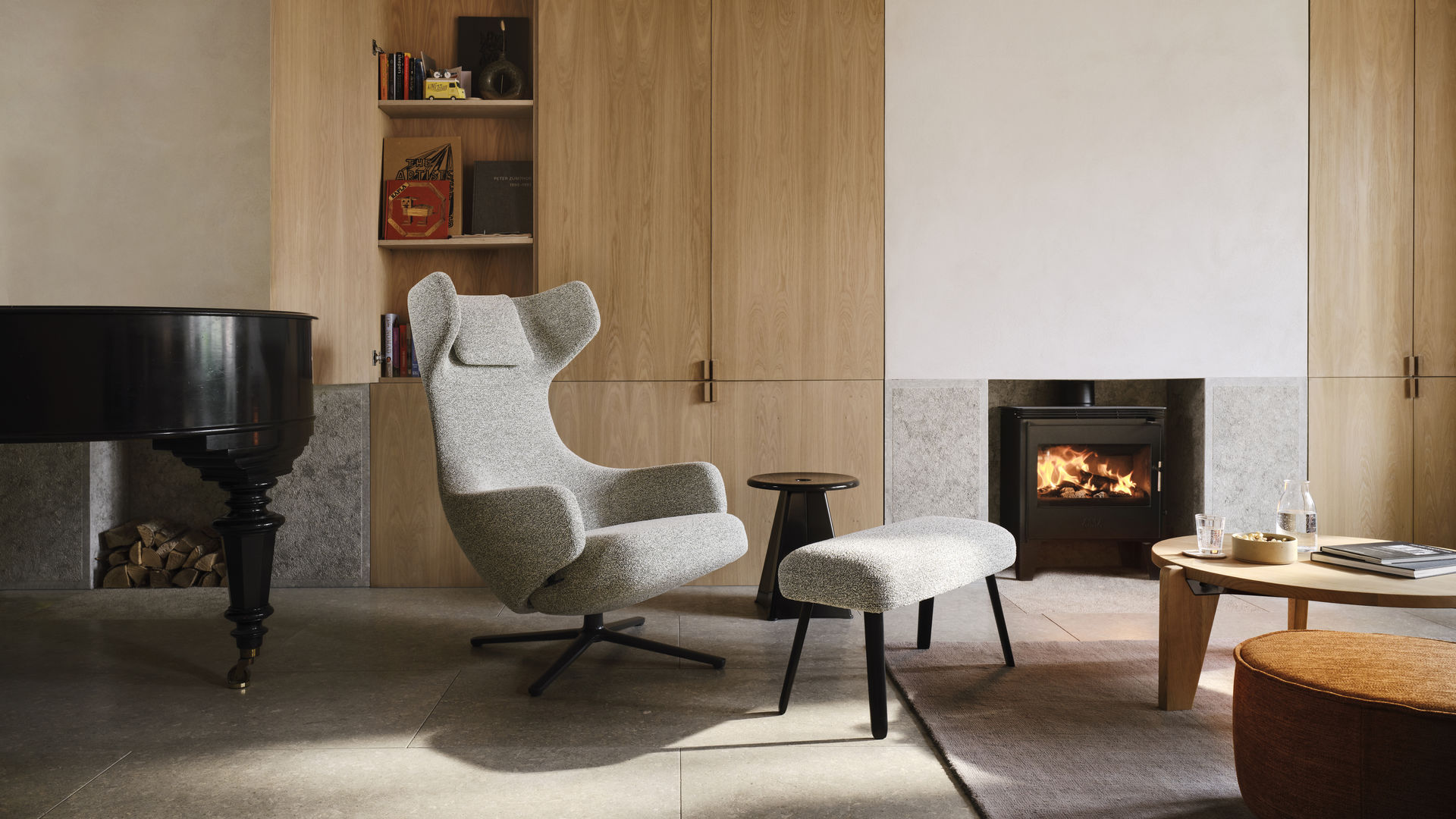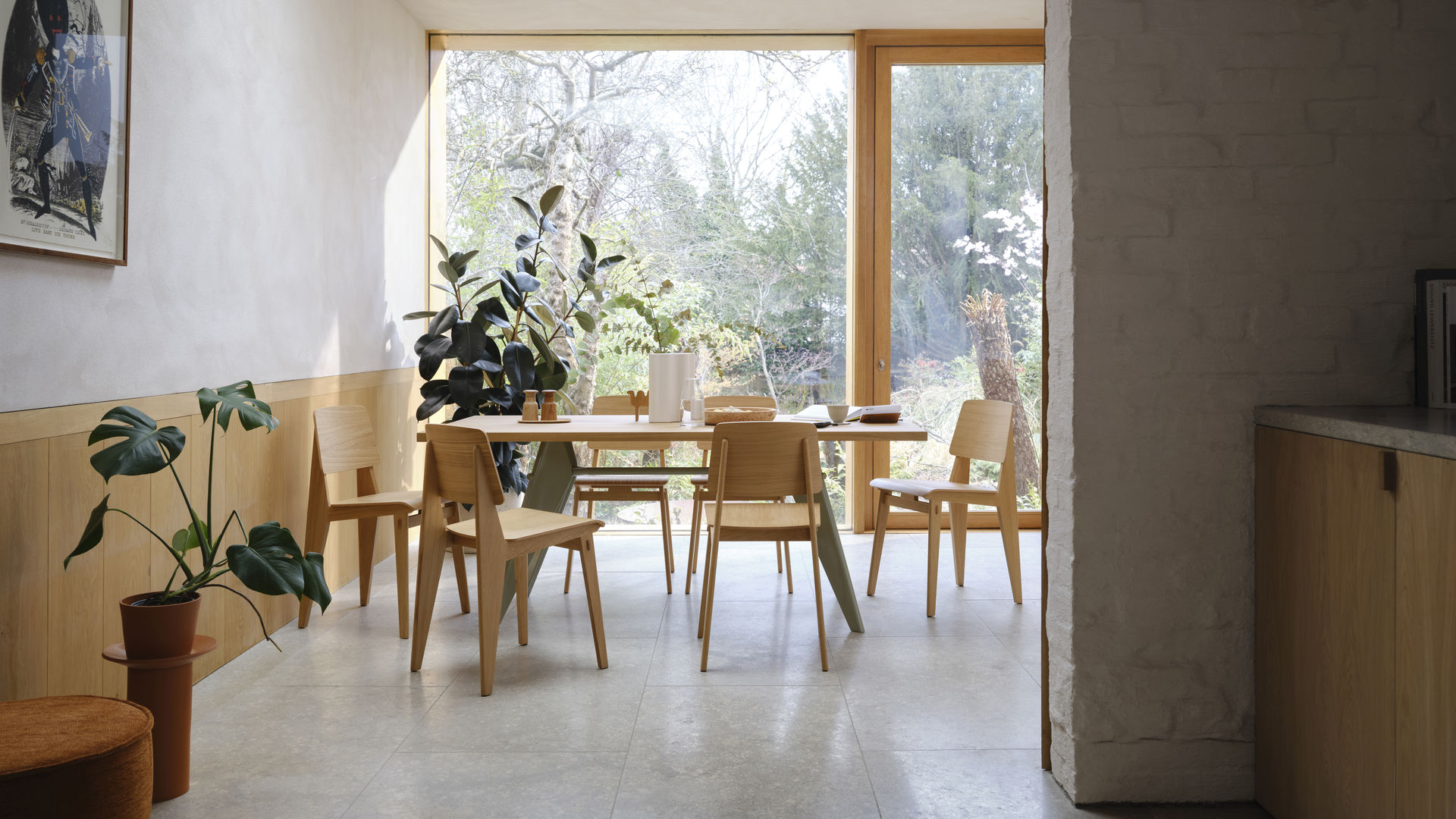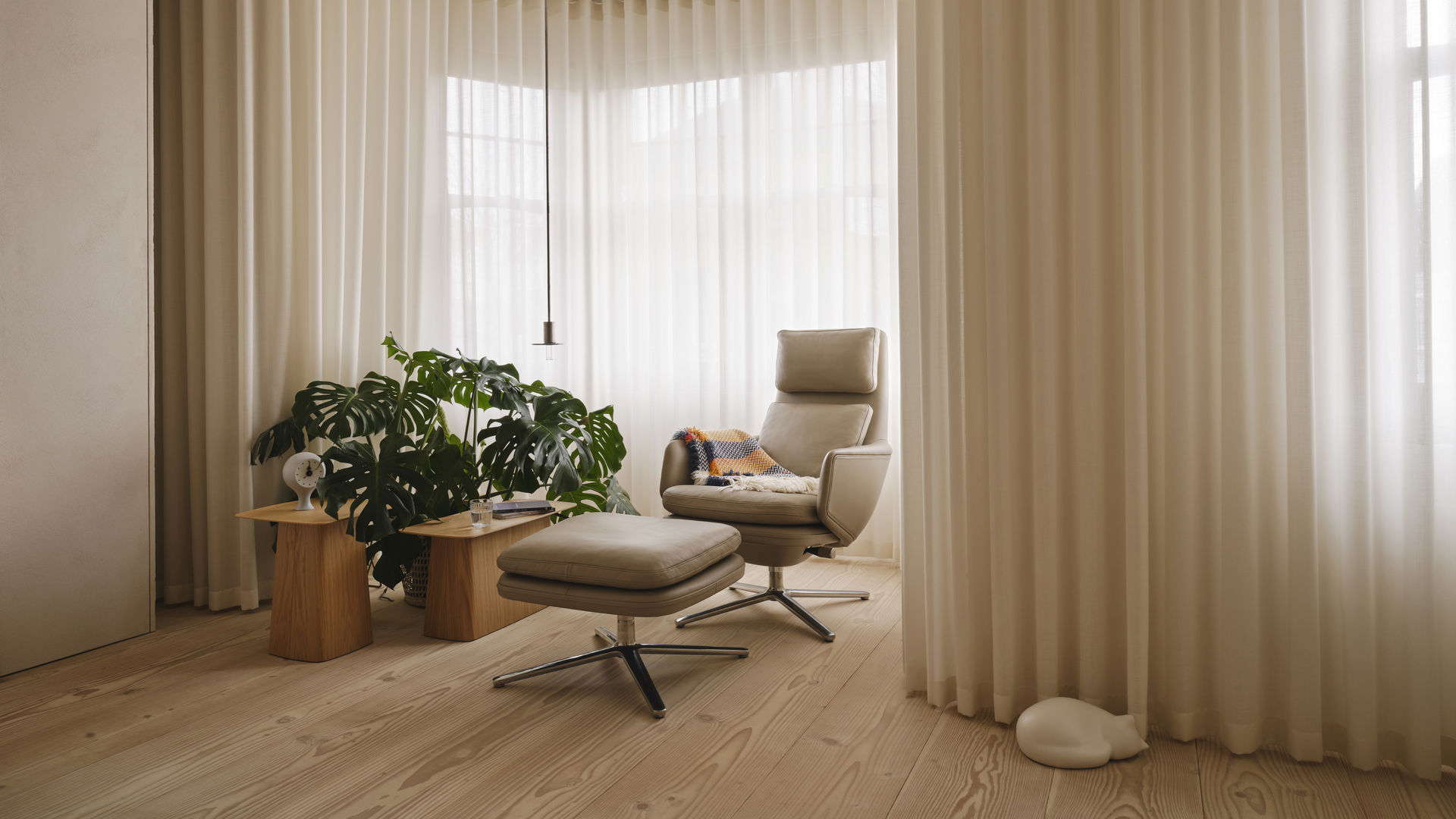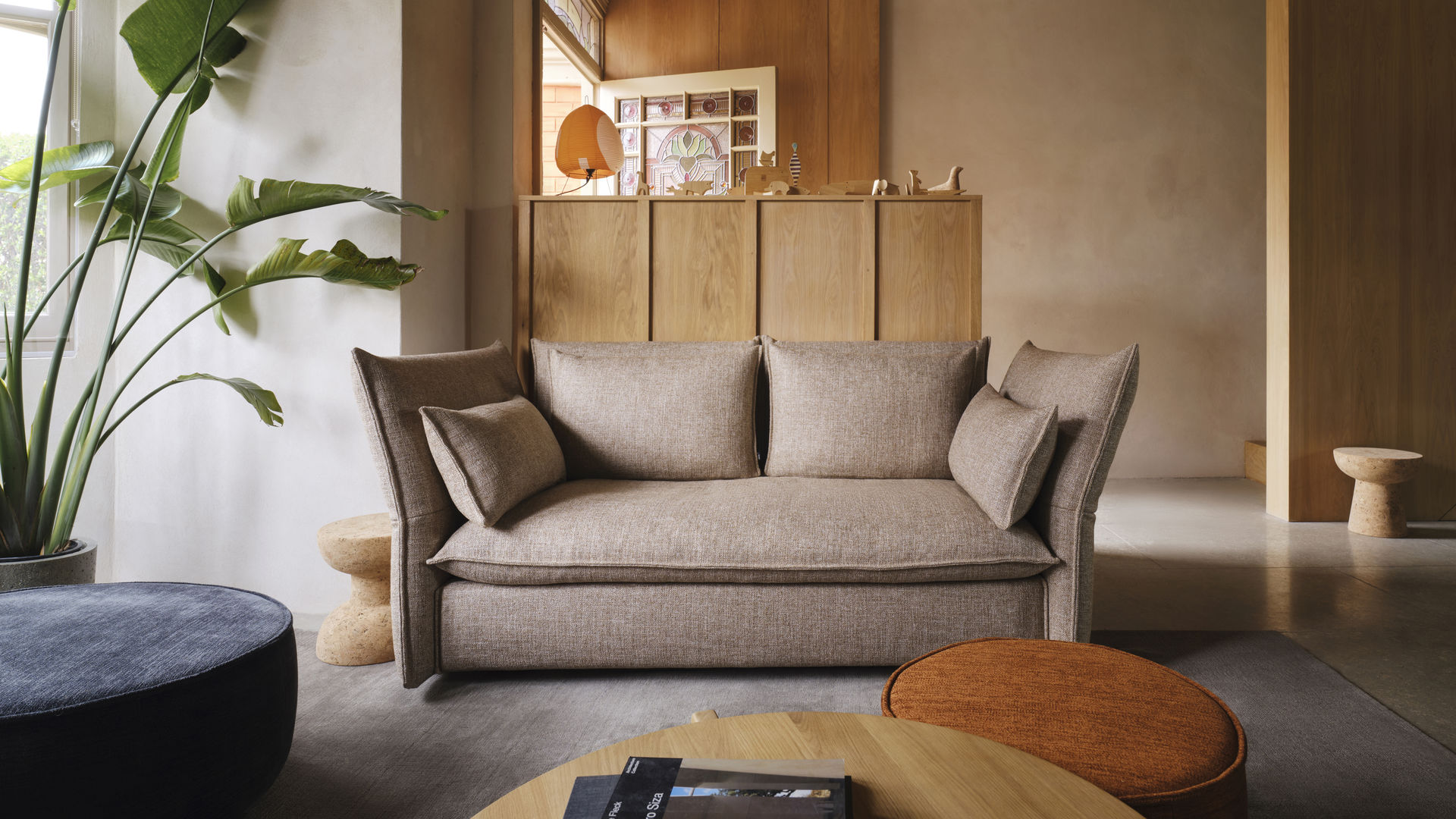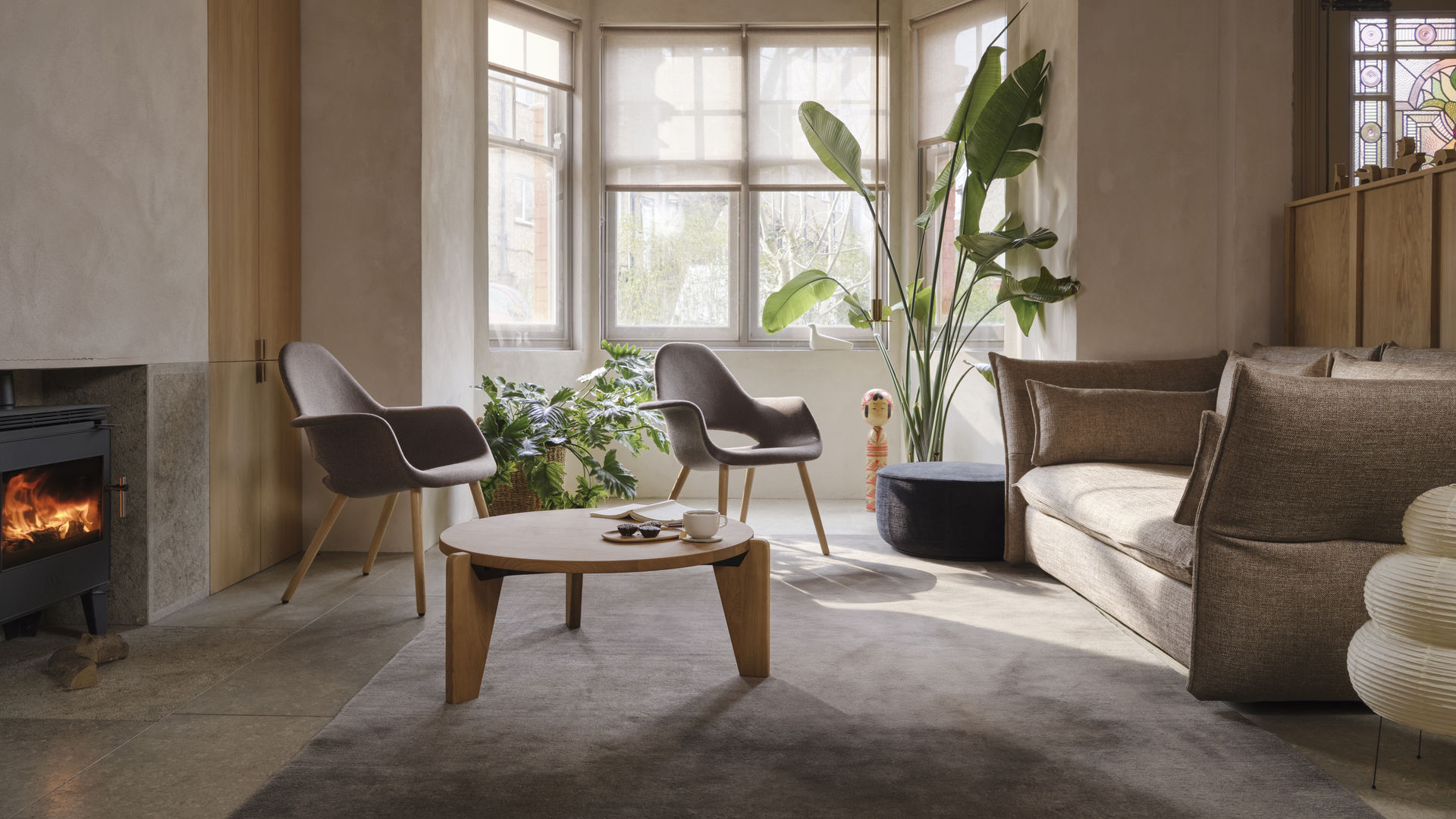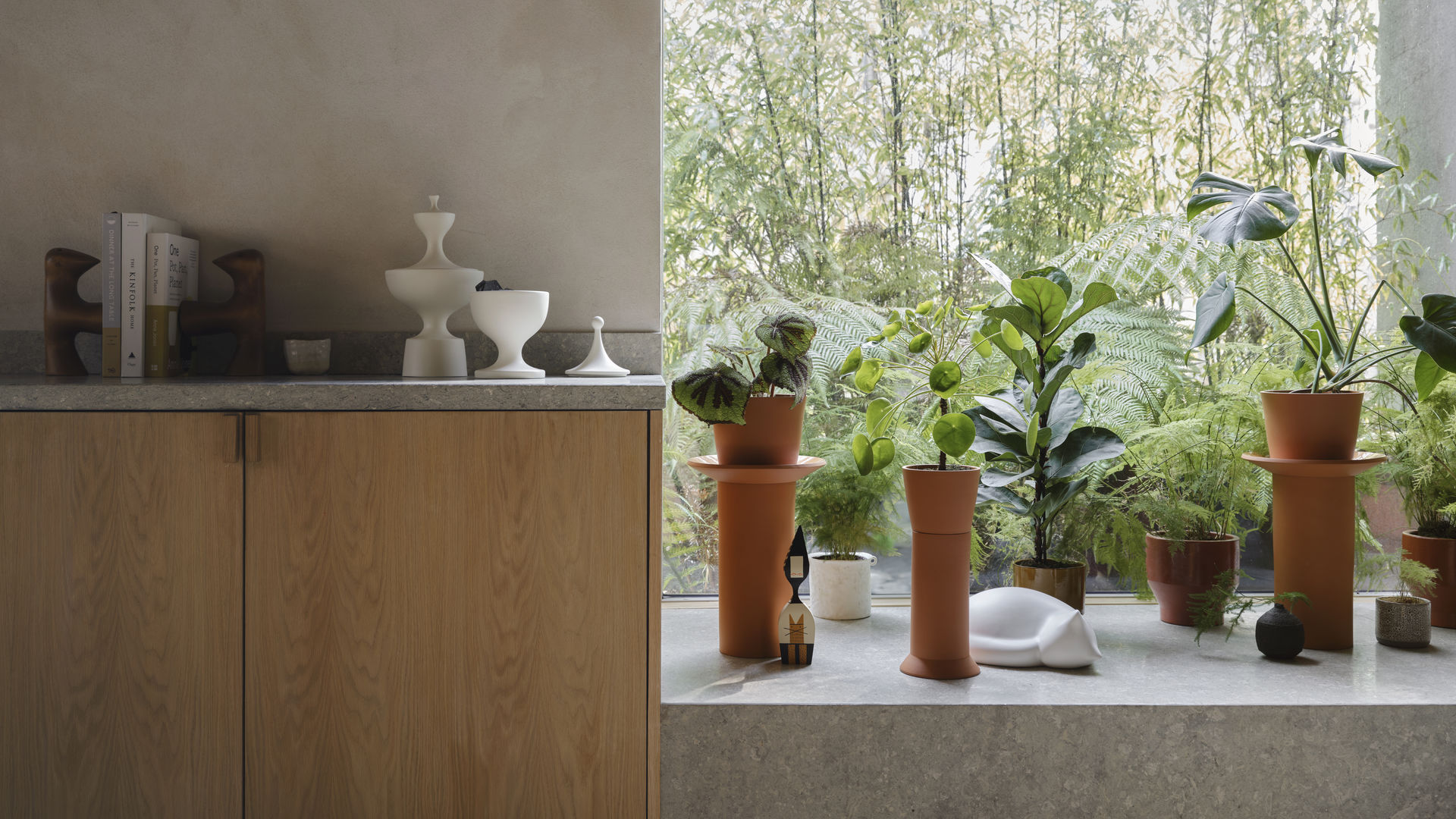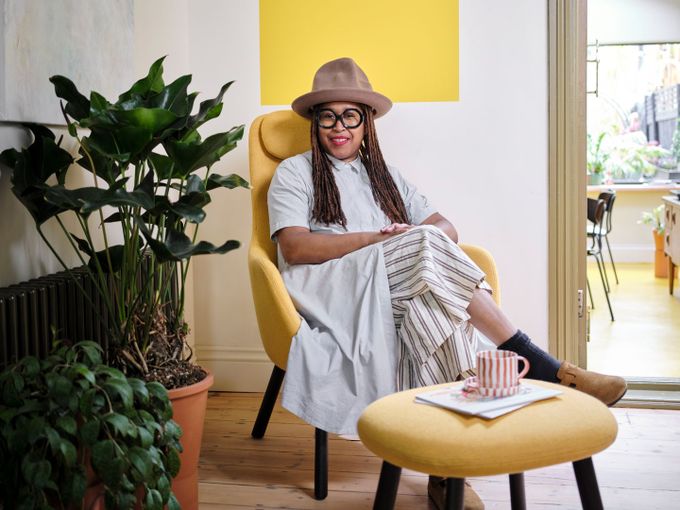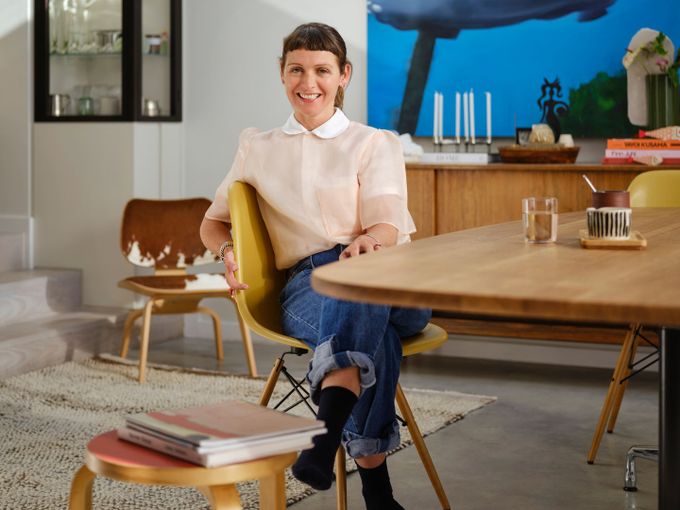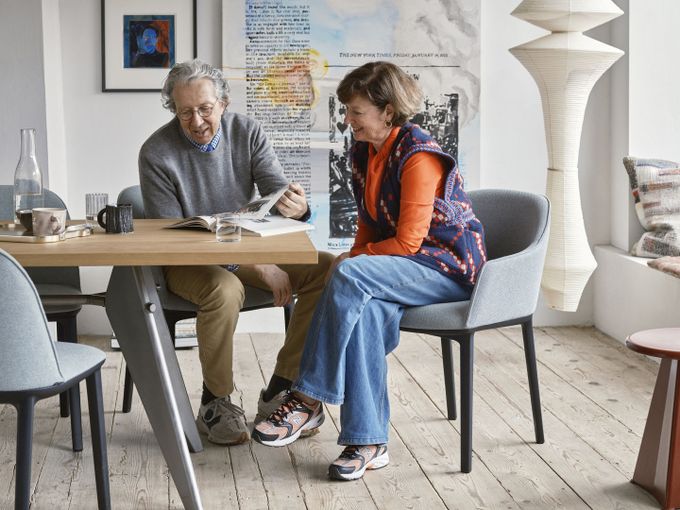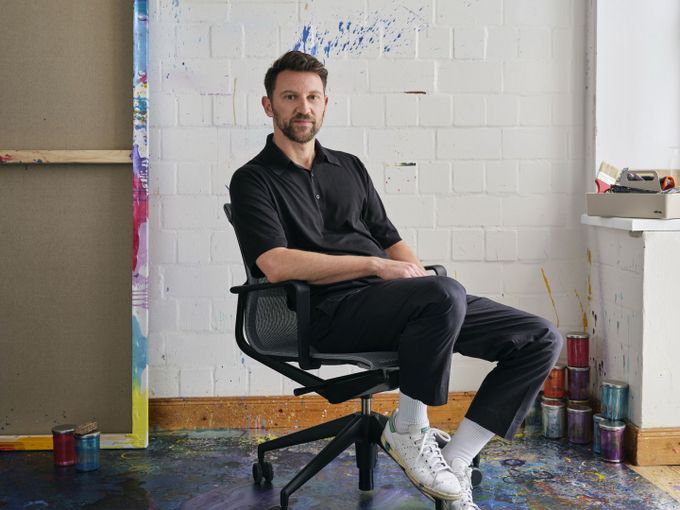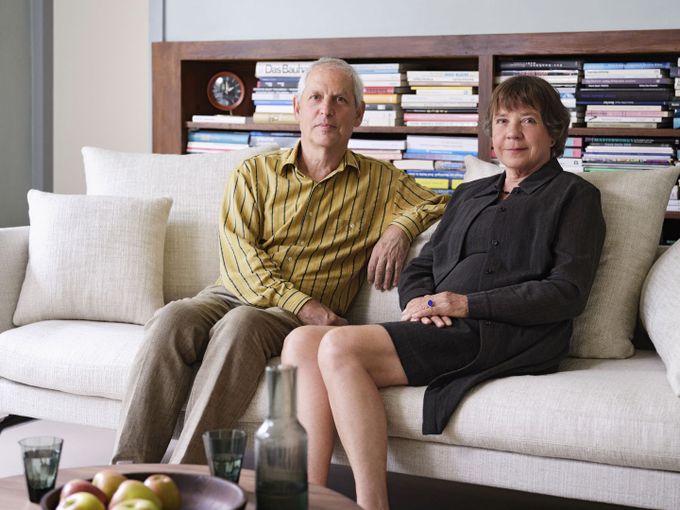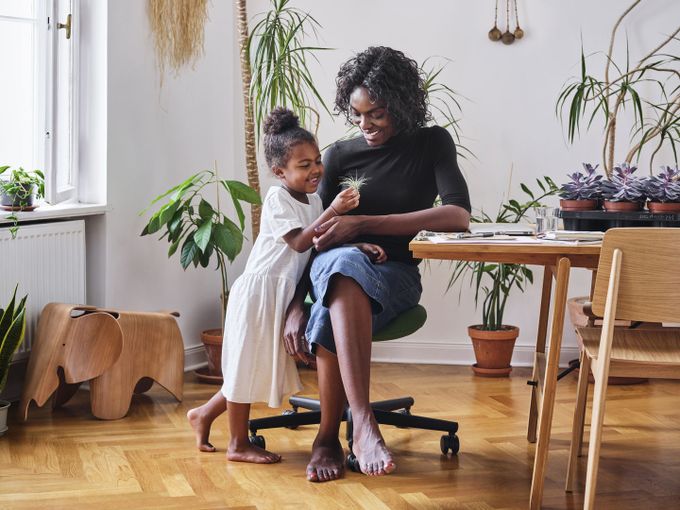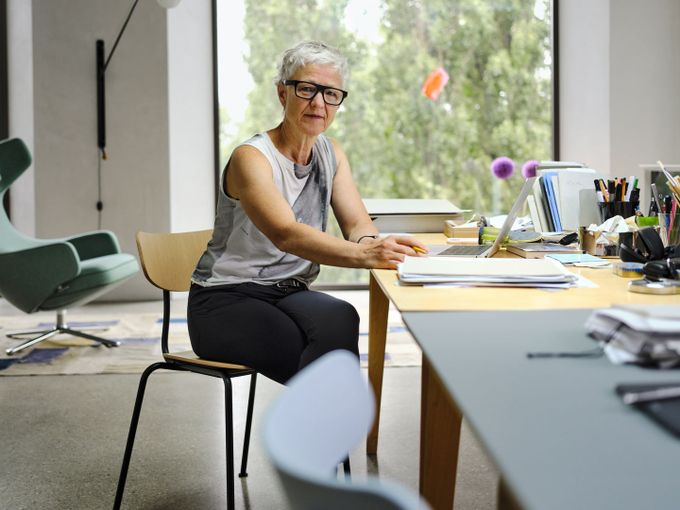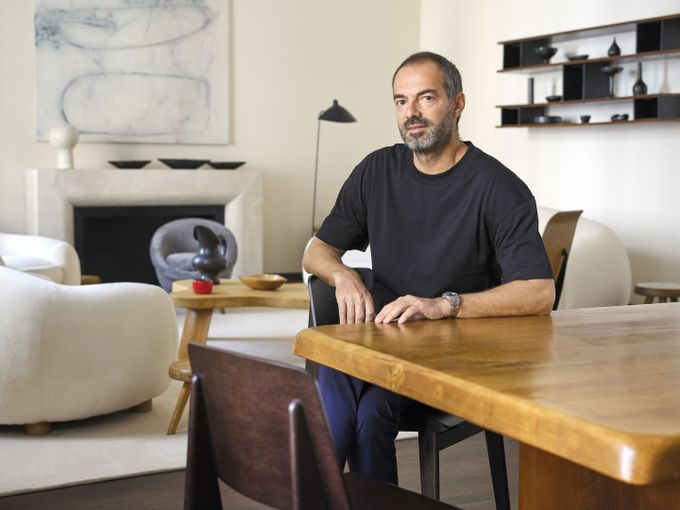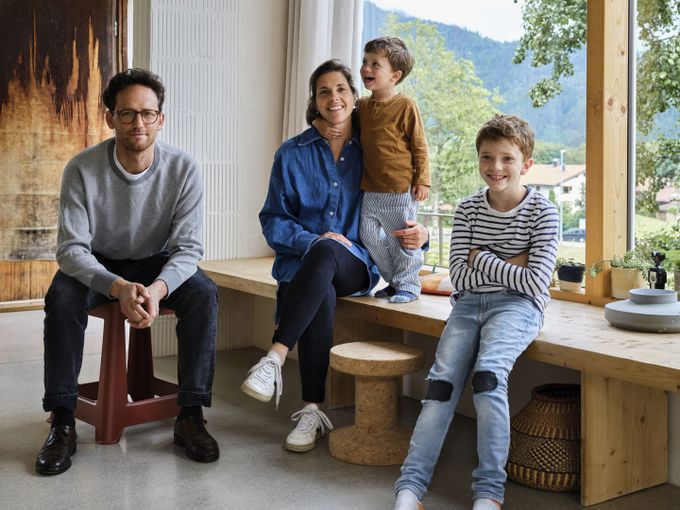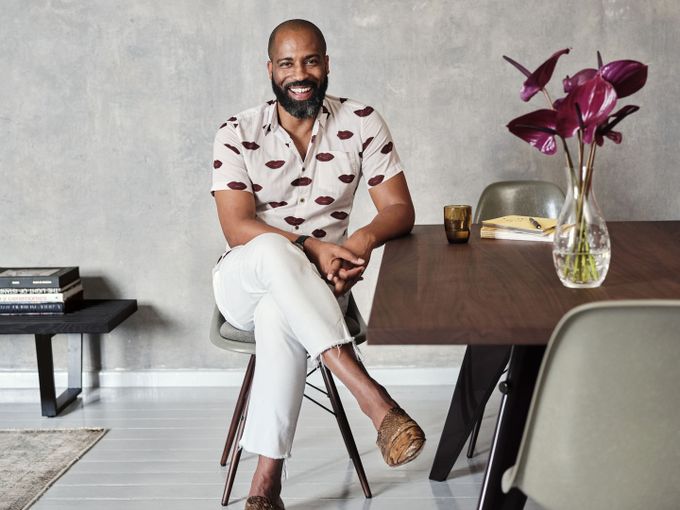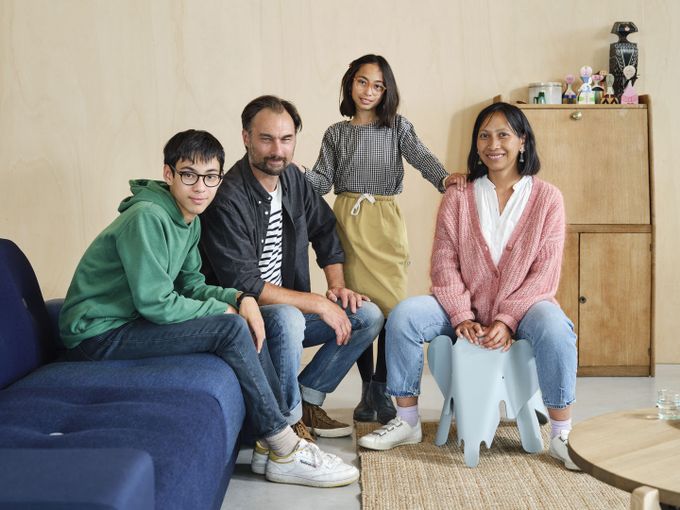ProductsChairsLounge chairsSofasOffice chairsChaises longuesStools & benchesSculpturesConference chairsAirport seatingStorage spaceMicro architectureDining tablesCafé tablesCoffee & side tablesDesksOffice furniture systemsConference systemsLightingClocksDecorative objectsCoat racks & wall shelvesTrays & vesselsNewBestsellerQuickly availableColour & materialAlexander Girard Antonio CitterioBarber OsgerbyCharles & Ray Eames George NelsonHella JongeriusIsamu NoguchiLounge chair finderOffice chair finderGift finderCare & repairCare productsManufacturer warrantyVitra Circle StoresEndless configurations for all needs: Anagram SofaWe have a gift for you!InspirationsLiving roomDining roomHome OfficeChildren's roomOutdoorHome StoriesAugmented RealityColours & materialsWorkspaceFocusMeetingWorkshopClub OfficeCitizen OfficeStudio OfficeDynamic SpacesHospitalityAirportsEducationCo-WorkingHealthcareOur ClientsDestination WorkplaceA case for classicsOffice chairsDancing OfficeHome StoriesAugmented Reality - bring Vitra products into your homeA case for classicsColour & materialAn open house A leading space for a leading art collegeHigh comfort of low energyAn office landscape - without walls or partitionsServicesCare & repairSpare partsCare productsManufacturer warrantyFAQ and contactInstructionsInstructions for earlier productsConsulting & Planning StudioVitra Circle StoresConsulting & planning in the VitraHausOutdoor care instructionsRepair, maintenance, overhaul at the Vitra Circle Store Campus ProfessionalsCAD dataProduct factsheetsCertificatesBrochuresSustainability reportInstructionsEcology informationpConPlanning examplesColour & Material LibraryCertificates and standardsTo the dealer loginOur ClientsAnagram SofaMikadoTyde 2 on castorsACXDancing OfficeOffice chairsMagazineStoriesConversationsExhibitionsDesignerProject VitraJust Do It!EVER GREENWhy the Eames La Fonda Chair was designedWhen a Sofa is more than just a Sofa: Anagram100% virgin wool – 100% recyclableAn archive is like a time capsuleVitraHaus Loft - A conversation with Sabine MarcelisWalking the talkA 1000 m2 piece of furnitureFrom a toy to an objectA studio visit with Tsuyoshi TaneThe Eames Collection at the Vitra Design MuseumAbout the partnership between Eames and VitraVitra CampusExhibitionsGuided tours & workshopsFood and drinkShoppingActivities for familiesArchitectureYour eventPlan your visitVitra Campus appCampus EventsNewsVitraHausVitra Design MuseumVitra SchaudepotVitra Circle Store CampusOudolf GartenAbout VitraSustainabilityJobs & CareersDesign processThe Original is by VitraHistory - Project Vitra
Ben Ridley embraces sustainability and combines it with comfort
Ben is an architect and passive house designer, who founded his own architectural practice in London. He favours a clean and minimalist interior featuring materials like wood, cork, cotton and leather.
‘I like good quality furniture that lasts a long time and fits with the sustainable idea that you buy things once rather than replacing them regularly.’
‘As an architect I have always wanted to build a low-energy home. So when I found this run-down
house in London, it was a great opportunity. My idea was to show what can be done on a traditional Edwardian building from 1907 to really lower the energy consumption and make it comfortable and sustainable. I tried to follow passive house principles: super insulated airtight construction, triple glazing and mechanical ventilation with heat recovery. For the transformation I used natural materials like timber and local stone rather than concrete and steel. Stone really helps to keep houses cool on a hot summer day. This proves that sustainability can be an opportunity rather than a constraint.
Atmosphere is created with pure materials, with carefully chosen finishes and daylight. A limited material palette helps to create a calmer environment, and that extends to the furniture. Over time materials gain character through use, the accumulation of marks and dents.’
house in London, it was a great opportunity. My idea was to show what can be done on a traditional Edwardian building from 1907 to really lower the energy consumption and make it comfortable and sustainable. I tried to follow passive house principles: super insulated airtight construction, triple glazing and mechanical ventilation with heat recovery. For the transformation I used natural materials like timber and local stone rather than concrete and steel. Stone really helps to keep houses cool on a hot summer day. This proves that sustainability can be an opportunity rather than a constraint.
Atmosphere is created with pure materials, with carefully chosen finishes and daylight. A limited material palette helps to create a calmer environment, and that extends to the furniture. Over time materials gain character through use, the accumulation of marks and dents.’
‘Furniture made of natural materials has a certain warmth to it. At home I like things to be clean and minimal, like a Zen space, a calm shelter to come back to after a busy day. When I see Astrid, my cat, welcoming me, I feel like I’m home. That is what I’m after: walk through the front door and feel relaxed. Minimalism is not an end in itself. It only comes to life through comfort.’
